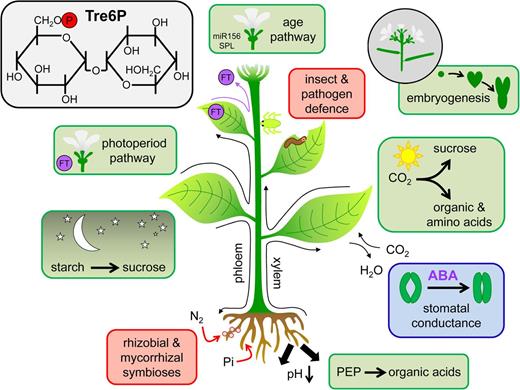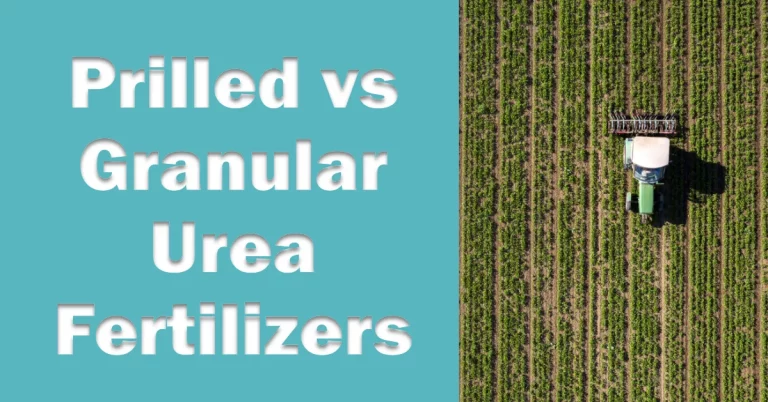Difference Between Potassium Humate and Humic Acid
Potassium humate and humic acid are two terms that are often used interchangeably in the field of agriculture. However, they are not exactly the same. Understanding the disparities between these compounds is essential for optimizing their utilization in various applications. In this article, we will explain the difference between both, their benefits for soil and plant health, and how to use them effectively.
Let’s explore the intricacies of these remarkable substances and their impact on agriculture.
The table below summarizes the main differences between Both:
| Potassium Humate | Humic Acid |
|---|---|
| Soluble in water | Insoluble in water |
| High molecular weight | Low molecular weight |
| High activity and chelation | Low activity and chelation |
| Expensive and widely available | Cheap and variable in quality |
| Suitable for soil and irrigation application | Suitable for soil and foliar application |
What are Humic Substances?
Humic substances are complex organic compounds that are formed from the decomposition of animal and plant residues in soil. They are composed of various functional groups, such as carboxyl, phenolic, hydroxyl and quinone, that give them unique biological, chemical and physical properties.

Humic substances can be classified into three main fractions: humic acid, fulvic acid and humin. These fractions differ in their solubility, molecular weight and composition.
- Humic acid is the fraction that is soluble in alkaline solutions but insoluble in water and acid solutions. It has a high molecular weight and a dark brown or black color. It accounts for about 50-80% of the total humic substances in soil.
- Fulvic acid is the fraction that is soluble in all solutions, regardless of pH. It has a low molecular weight and a yellow or light brown color. It accounts for about 10-30% of the total humic substances in soil.
- Humin is the fraction that is insoluble in all solutions. It has a very high molecular weight and a black color. It accounts for about 10-40% of the total humic substances in soil.
What are Potassium Humate?
Potassium humate is the potassium salt of humic acid. It is manufactured commercially by alkaline extraction of brown coal (lignite) or leonardite, which are rich sources of humic acid. It has a high water solubility and a high humic acid content, which makes it suitable for various agricultural applications.
- High Water Solubility: Potassium Humate dissolves easily in water, making it convenient to apply and allowing plants to absorb nutrients efficiently.
- Enriched with Fulvic Acid: It contains a significant amount of Fulvic Acid, a natural substance that acts as a powerful chelating agent. Potassium Humate and sodium humate enhances its water solubility and nutrient-carrying capacity.
- Promotes Plant Growth: Potassium Humate stimulates root development, which leads to stronger and healthier plants. It also improves the uptake of essential nutrients and enhances seed germination.
- Enhances Soil Fertility: By increasing the availability of nutrients and improving the soil’s moisture retention capacity, Potassium Humate contributes to improved soil fertility. This results in healthier plants and better overall crop yields.
What are Humic Acid?

Humic acid is also called humic acid raw powder, which is essentially screened lignite or leonardite. It is insoluble in water and has a low molecular weight. Which limits its effectiveness as a soil amendment or a plant growth promoter.
- Insoluble in Water: Raw Humic Acid does not dissolve in water, which limits its availability for plant uptake.
- Activation Process: However, through an activation process, Humic Acid can be made soluble and easily absorbed by plants.
- Chelation Properties: Humic Acid has the ability to form complexes with essential nutrients, improving their availability to plants.
- Enhanced Soil Structure: Humic Acid plays a role in improving soil structure by increasing aggregation and enhancing cation exchange capacity (CEC). This leads to better nutrient retention and water-holding capacity.
- Stimulation of Microbial Activity: Humic Acid stimulates the growth and activity of beneficial microorganisms in the soil. This enhances nutrient cycling, promotes healthier soil, and supports overall plant health.
Difference between Humic Acid And Potassium Humates ?
- Composition: Humic Acid is an organic acid derive from the decomposition of organic matter, while Potassium Humates are the potassium salts of Humic Acid.
- Solubility: Humic Acid is insoluble in water in its raw form, whereas Potassium Humates are soluble in water due to their salt form.
- Plant Availability: Humic Acid requires activation to become soluble and easily absorbed by plants, while Potassium Humates are already in a soluble form, readily accessible to plants.
- Enriched Potassium Content: Potassium Humates contain potassium in addition to Humic Acid, providing plants with an essential nutrient for growth and development.
- Water Solubility: Potassium Humates exhibit high water solubility, allowing for easy application and absorption by plants, whereas Humic Acid in its raw form has limited water solubility.
- Applications: Humic Acid is commonly use for soil improvement, nutrient retention, and microbial stimulation, while Potassium Humates find applications in agriculture as a source of both Humic Acid and potassium, increase growth and enhancing nutrient uptake.
- Price: Due to the added potassium content and higher water solubility, Potassium Humates generally tend to be more expensive than Humic Acid products.
Why Use Potassium Humate or Humic Acid?
Both have different benefits for soil and plant health. Here are some of the main reasons to use them:

Benefits of Potassium Humate
- Increases fertilizer efficiency: Potassium humate helps fertilizer nutrients like nitrogen and phosphorus stay in the soil instead of being washed away or lost through evaporation.
- Enhances nutrient availability: It chelates trace minerals, making them more accessible to plants for uptake.
- Stimulates soil microbes and biological activity: Potassium humate provides organic carbon, nutrients, and hormone.
- Boosts plant resilience: It enhances plant resistance to pests, diseases, and environmental stresses.
- Improves soil quality: Potassium humate improves soil structure, porosity, and aeration, which in turn promotes better water retention, root growth, and higher crop yields.
- Reduces soil salinity, acidity, and compaction: It helps to alleviate soil-related problems like excessive salt content, acidic pH levels, and soil compaction.
Some examples of crops that benefit from its application are:
- Cereals: wheat, rice, corn, barley
- Vegetables: tomato, potato, carrot, cabbage
- Fruits: apple, grape, banana, citrus
- Flowers: rose, carnation, orchid
- Others: cotton, tobacco, tea
Benefits of Humic Acid
- Improves soil quality: It binds soil particles together and creates larger soil aggregates, enhancing soil structure, porosity, and aeration.
- Enhances soil fertility: It buffers soil pH and increases cation exchange capacity (CEC), which improves the availability of nutrients for plants.
- Benefits plants: It regulates plant hormone levels, helping with growth and stress resistance. It acts like natural auxins, gibberellins, and cytokinins.
- Influences plant processes: It affects plant enzyme activity, photosynthesis, and respiration, contributing to overall plant health.
Some examples of crops that benefit from humic acid application are:
- Cereals: wheat, rice, corn, barley
- Vegetables: tomato, potato, carrot, cabbage
- Fruits: apple, grape, banana, citrus
- Flowers: rose, carnation, orchid
- Others: cotton, tobacco, tea
Conclusion
Potassium Humate and Humic Acid are distinctive substances that play vital roles in promoting soil fertility and facilitating robust growth. Their dissimilarities lie in their solubility, production processes, and specific characteristics.
Potassium Humate’s high water solubility, enriched Fulvic Acid content, and effectiveness in promoting plant growth.
Humic Acid, on the other hand, undergoes activation to become soluble and offers benefits in soil improvement and nutrient management.
Understanding these differences empowers farmers and agriculturists to make decisions on time.







